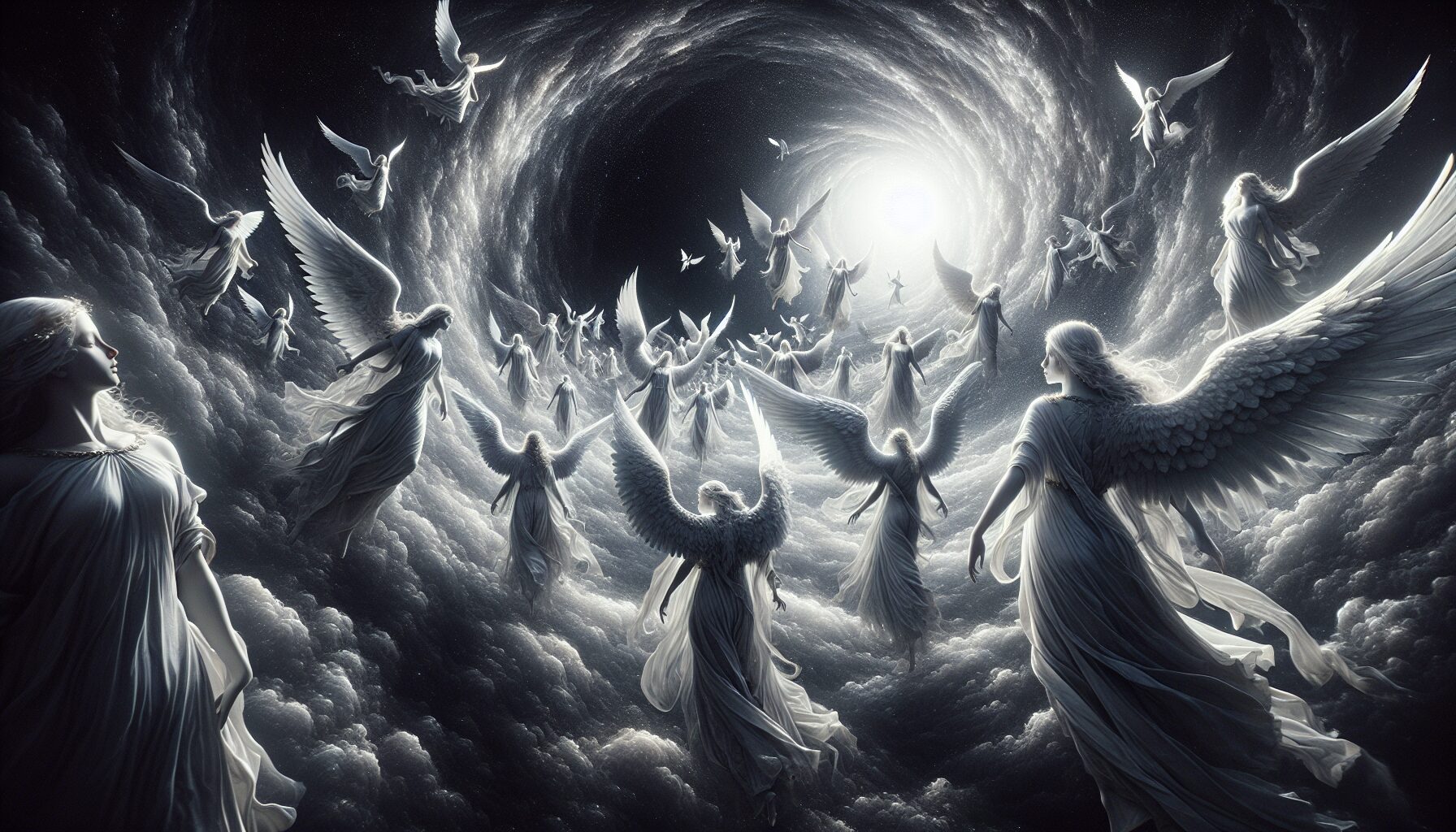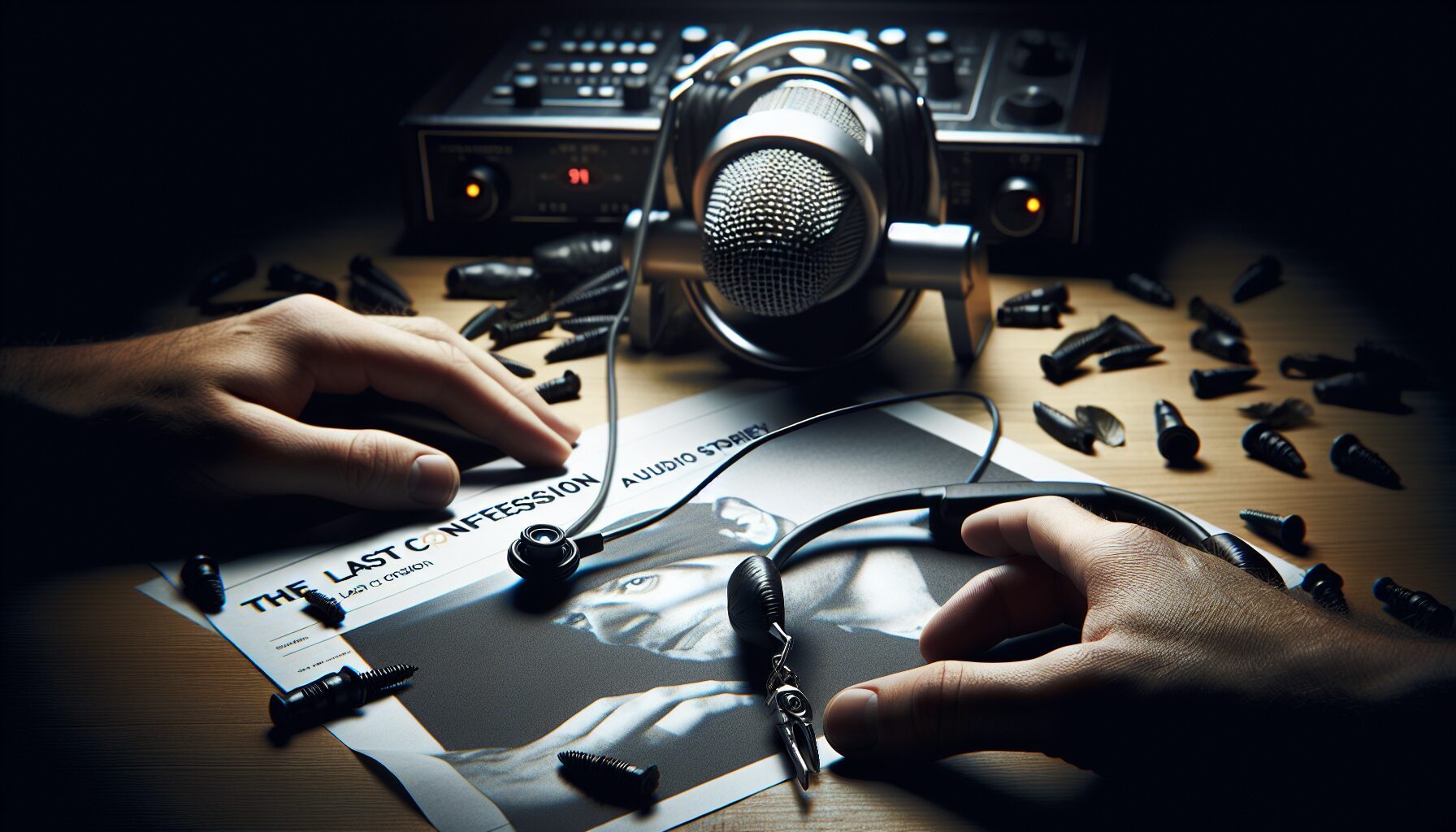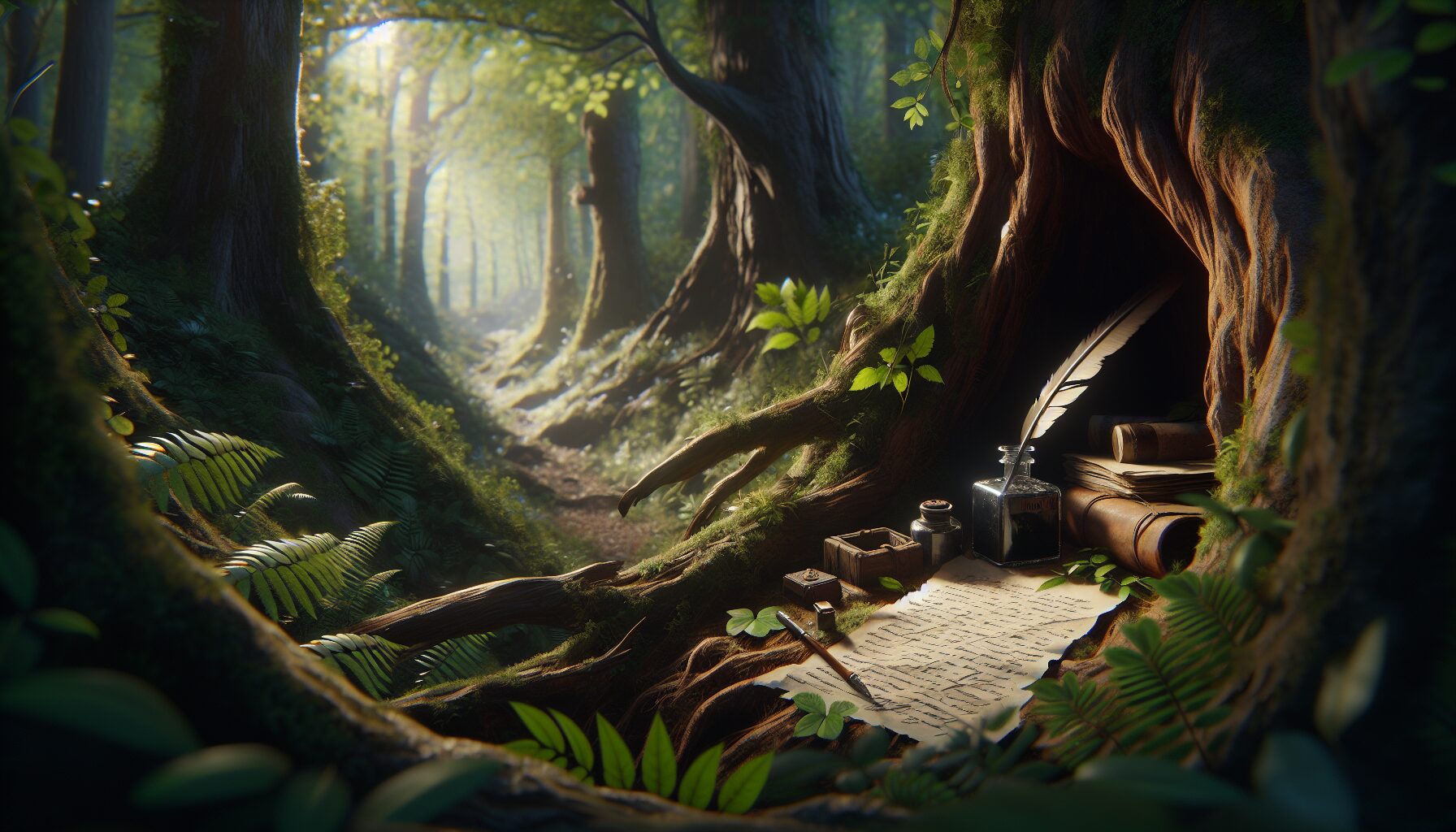Angels of the Void is a cinematic voyage into the surreal, offering viewers an introspective romp through the ethereal expanse of nothingness. With its avant-garde approach, the film challenges traditional storytelling and invites audiences to ponder the philosophical underpinnings of existence—or the lack thereof.
Directed by the visionary auteur Damien St. Clair, known for his distinctive blend of philosophical musings and stunning visualization, Angels of the Void takes us on a journey across both time and space, exploring the concept of nothingness through a tapestry of mythic narratives.
“This is not just a story about emptiness, but about finding meaning within it,” explains St. Clair in an interview with Film Journal.
- Abstract Narrative: The film abandons linear storytelling in favor of a more abstract, non-linear narrative. Viewers are gradually introduced to various ‘angels,’ mythical figures who represent abstract concepts such as time, uncertainty, and potentiality. These characters are not typical divine beings, but instead embodiments of existential ideas.
- Visual Mastery: Visually, Angels of the Void is a masterstroke. Each frame is composed with painterly precision, oscillating between stark minimalism and sweeping cosmic vistas. It’s a feast for the senses, utilizing a palette that reflects the contradictions of void itself—vibrant yet desolate.
- Symbolic Soundtrack: Complementing its visual prowess, the movie’s soundtrack is a carefully curated blend of ambient soundscapes and haunting melodies, composed by avant-garde artist Elara Finn. It serves not only as background music but as a narrative force, echoing the themes of emptiness and infinite potential.
As the narrative unfolds, audiences are encouraged to actively participate in piecing together the film’s cryptic messages. This makes Angels of the Void not merely a viewing experience but a philosophical exercise. The film’s refusal to offer concrete answers can be both frustrating and liberating, pushing viewers to engage with its thematic core on a deeply personal level.
Critics have praised the film’s ambitious approach, with Cinema Thread describing it as “a bold exploration of the spaces between existence, a meditation on what it means to confront the void.”
In conclusion, Angels of the Void stands as a testament to what cinema can achieve when it transcends mere storytelling to probe the depths of our most fundamental existential questions. It’s a film that demands patience and introspection, rewarding those who dare to confront its mysteries with newfound clarity—or at least, a comforting embrace of the ambiguity.


